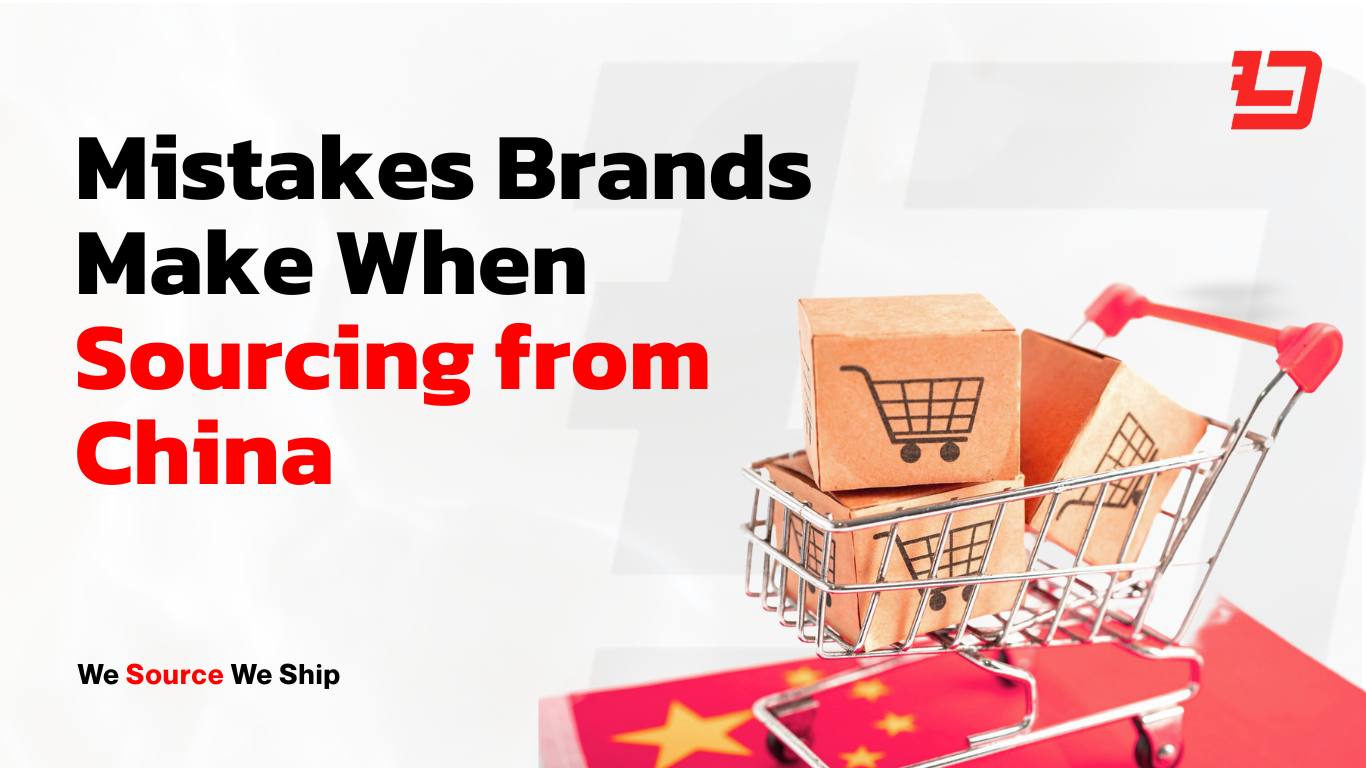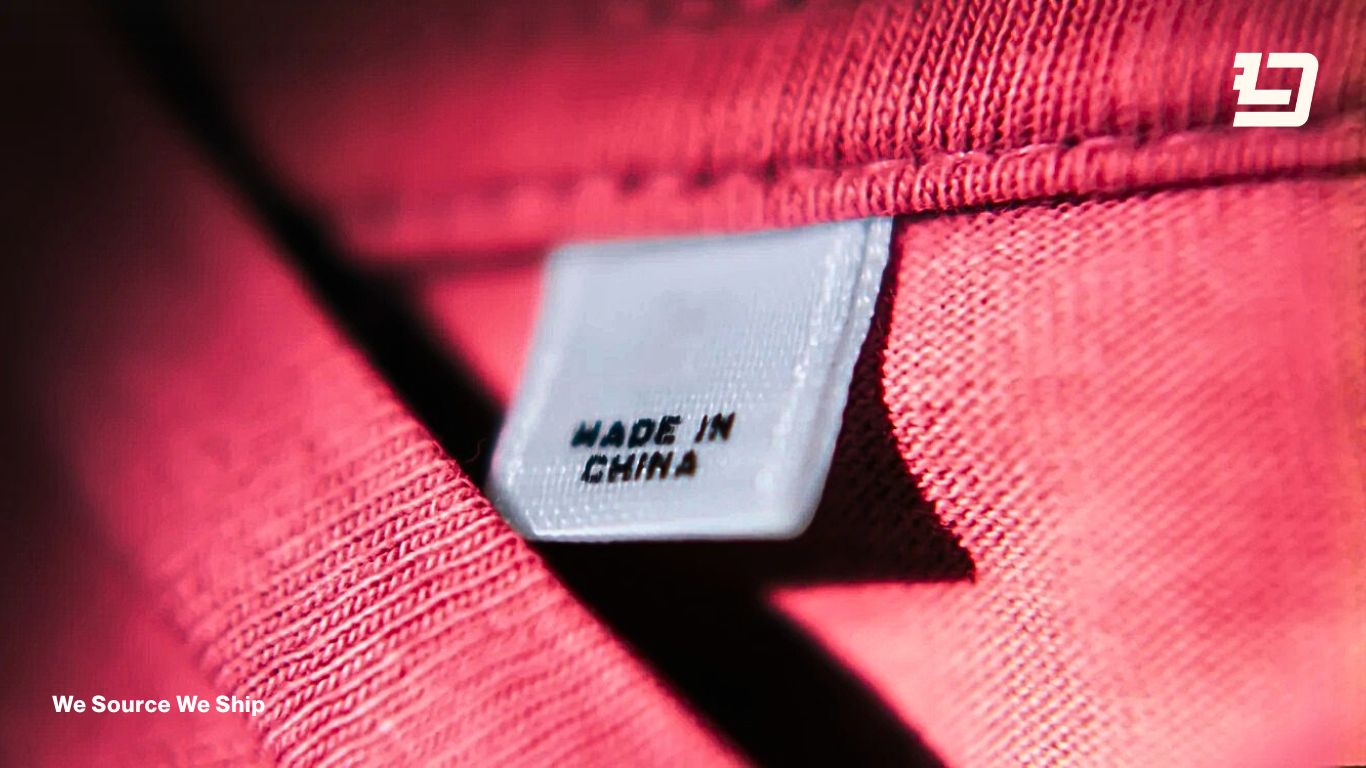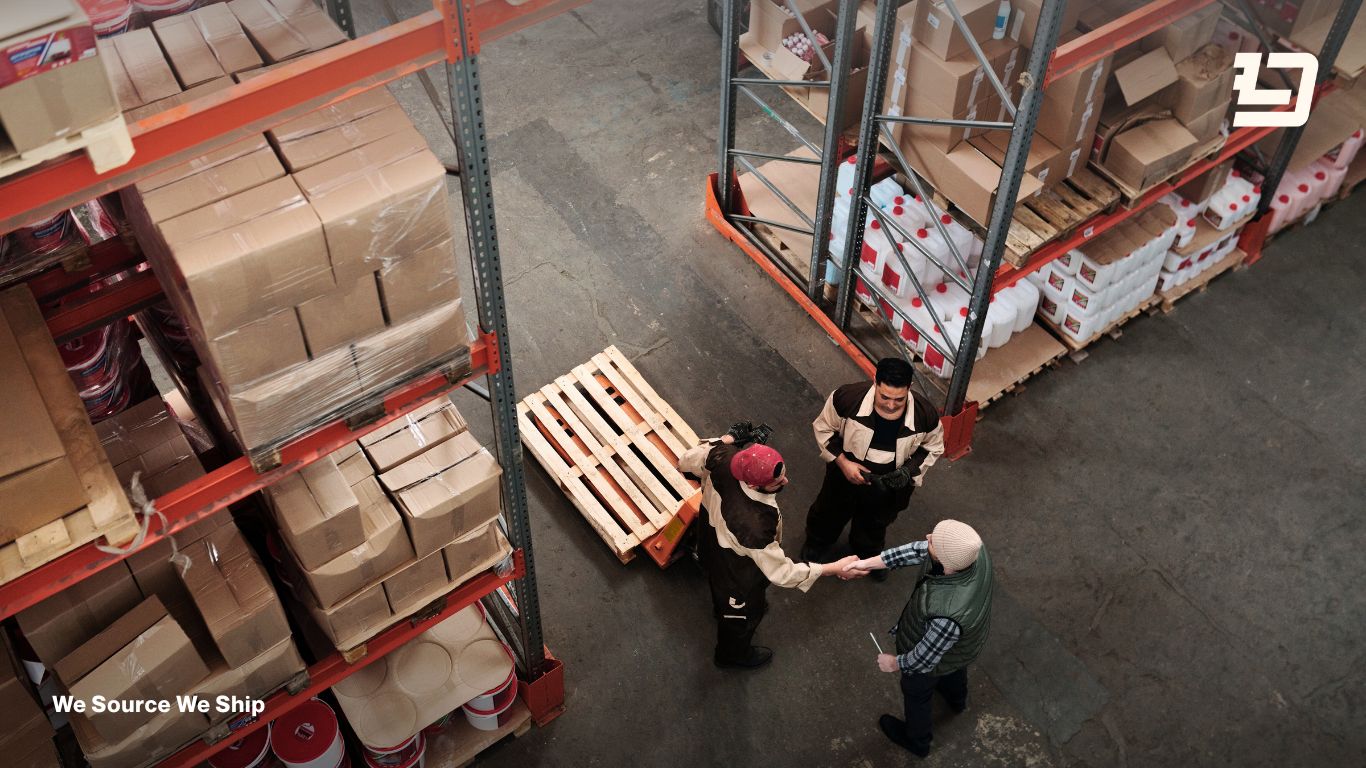Sourcing from China remains one of the best ways for ecommerce brands to scale. The country exported over USD 3.5 trillion in goods in 2024, accounting for around 14% of global trade. The opportunity is massive, but so are the risks when the process is not handled carefully.
Many brands still lose money by repeating the same sourcing mistakes: chasing the lowest prices, skipping quality checks, signing vague contracts, or ignoring logistics. Each mistake can lead to expensive rework, delays, and damage to customer trust.
This guide breaks down the most common sourcing mistakes and explains how to avoid them when working with Chinese manufacturers in 2025.
For a deeper overview of how sourcing in China works, read our China Sourcing Guide for Scaling Ecommerce Brands.
1. Chasing the Cheapest Price
It is natural to look for the best deal, but the cheapest supplier rarely delivers the best results. Many factories quote unrealistically low prices to win orders, then cut corners by using cheaper materials, reducing quality checks, or outsourcing production to unknown workshops.
When your main priority is price, you risk ending up with defective goods, higher return rates, and lost customers.
Instead of focusing only on unit cost, calculate the total landed cost, including rework, inspection, shipping, and potential losses from defects. Long-term success comes from finding suppliers who balance quality, consistency, and price, not just who offers the lowest quote.
2. Skipping Factory Audits and Inspections
Many ecommerce brands skip audits to save time or avoid additional costs. It is a costly shortcut.
A 2024 QIMA report found that 41% of factories inspected in China failed quality or compliance checks. Without audits, you could be sending money to an unverified or poorly managed facility.
Factory audits confirm that a supplier has legitimate registration, real production capacity, and safe working conditions. Inspections verify that your products meet specifications before shipping.
Always perform at least one pre-shipment inspection before releasing payment. A small inspection fee can save thousands in defective or unusable stock.
3. Weak or Vague Contracts
Too many brands rely on informal agreements or emails instead of proper contracts. This leads to disputes over materials, delivery timelines, and even ownership of molds or packaging designs.
A solid Purchase Agreement should include:
- Detailed product specifications with photos or samples
- Agreed prices and payment terms
- Production timeline and penalties for delays
- Quality inspection and approval clauses
- Clear dispute resolution and governing law (preferably under Chinese jurisdiction)
Using both English and Chinese versions of the contract ensures enforceability. Bilingual sourcing teams or local partners can help draft and translate legally binding agreements that protect your interests.
4. Ignoring Communication and Cultural Differences
Communication breakdowns are one of the biggest sources of sourcing problems. Many suppliers interpret instructions differently if messages are unclear or overly casual.
Avoid slang, abbreviations, or vague phrases like “do it soon” or “same as before.” Be specific and structured in every message.
Better communication tips:
- Confirm all specifications in writing with clear photos or diagrams.
- Keep emails short, polite, and direct.
- Always recap next steps after each conversation.
- Be mindful of Chinese holidays and working hours when setting deadlines.
Clarity builds trust and reduces costly misunderstandings.
5. Not Protecting Intellectual Property (IP)
Failing to protect your designs or trademarks can lead to copycat products appearing online within months. Some factories may produce extra units and sell them on local marketplaces.
Register your trademarks and designs in both your home country and China. You can file directly through the China National Intellectual Property Administration (CNIPA).
Include IP protection clauses in your contracts, specifying ownership of molds, branding, and packaging. Ask factories to sign Non-Disclosure Agreements (NDAs) before sharing proprietary designs.
6. Relying Only on Alibaba or Online Listings
Platforms like Alibaba are useful starting points, but they should not be your only source for suppliers. Many verified factories do not list there at all.
Some listings belong to middlemen posing as factories, while others exaggerate production capacity. Photos and certifications can be copied or fabricated easily.
Relying solely on online profiles leaves brands vulnerable to fake suppliers and poor quality. Partnering with a local sourcing company or on-site auditor ensures that the factory actually exists and can deliver what it promises.
7. Overlooking Logistics and Shipping Terms
Shipping mistakes can destroy margins quickly. Many importers agree to prices without confirming Incoterms, which define who pays for freight, insurance, and customs duties.
Failing to clarify these terms leads to surprise costs and shipping delays.
| Incoterm | Buyer Responsibility | Supplier Responsibility |
|---|---|---|
| EXW (Ex Works) | Pays for all freight, insurance, and customs | Makes goods available at factory |
| FOB (Free on Board) | Pays for sea freight and import customs | Handles export clearance and loading |
| DDP (Delivered Duty Paid) | None (supplier covers all) | Handles freight, customs, and delivery |
Before production starts, confirm the exact Incoterm, transit time, and insurance coverage. It prevents costly disputes later.
8. Poor Documentation and Record Keeping
Many sourcing problems trace back to disorganized files and verbal agreements. When you cannot prove what was agreed upon, you lose leverage.
Keep digital copies of every invoice, contract, certificate, and quality report. Store factory photos, test results, and sample approvals in a central folder accessible to your team.
Document everything. It protects your business if issues arise with customs, suppliers, or customers.
9. Not Having Local Support
Even experienced brands struggle to manage everything from abroad. Language barriers, cultural nuances, and quality control are hard to handle remotely.
Having a local team in China provides huge advantages. They can visit factories, verify licenses, oversee production, and solve problems in real time.
Local support ensures faster communication, fewer misunderstandings, and better accountability throughout the entire supply chain.
Sourcing from China offers incredible potential, but it requires strategy and discipline. Chasing low prices, skipping audits, or signing vague contracts can easily erase your profit margin.
By focusing on supplier verification, communication, and clear agreements, you build a stronger and more resilient supply chain.
If you need expert help with sourcing, supplier audits, or quality control in China, our bilingual Shenzhen team can help. We work directly with verified factories, manage on-site inspections, and coordinate production to ensure your brand stays competitive and protected. Contact us to start sourcing smarter.








